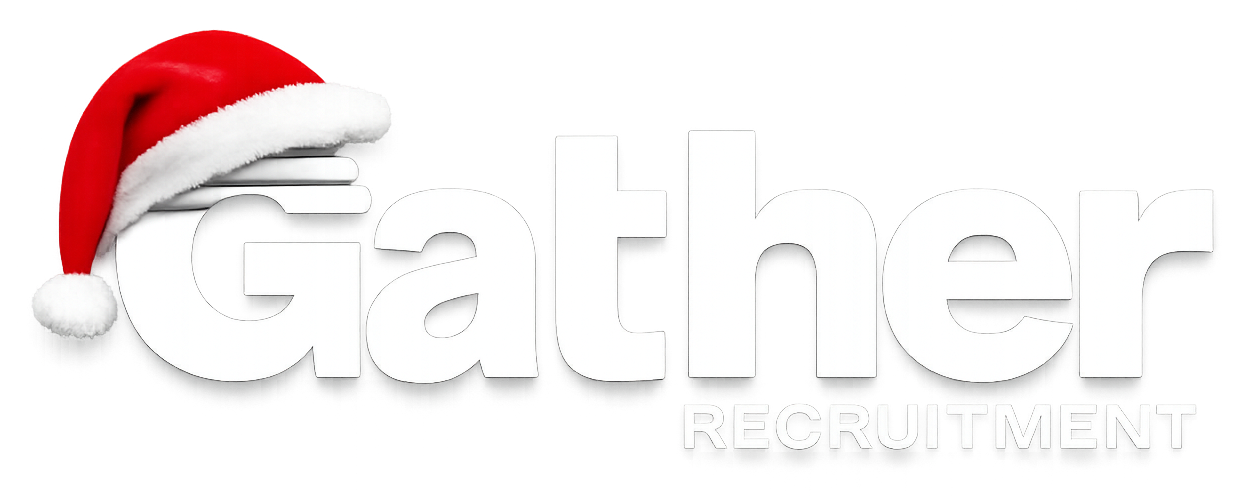Creating an Effective LinkedIn Profile
In today's digital age, LinkedIn has become a crucial tool for professionals to network, discover job opportunities, and showcase their expertise. Your LinkedIn profile serves as a virtual resume and your personal brand's online representation. Follow this step-by-step guide to create an impressive LinkedIn profile that grabs attention and helps you stand out from the crowd.
Optimize Your Headline and Summary:
Your headline is the first thing people see, so make it count. Highlight your current role and key skills. Craft a compelling summary that showcases your professional journey, expertise, and what you bring to the table. Use keywords relevant to your industry to improve discoverability.
Showcase Your Skills and Accomplishments:
List your core skills and highlight your accomplishments. Be specific and quantify whenever possible. Include projects, certifications, or awards that demonstrate your expertise. This section adds credibility to your profile and helps potential employers and connections understand your capabilities.
Add Relevant Experiences:
Detail your work experience, starting with your current or most recent role. Include job responsibilities, achievements, and notable projects. Use action verbs and focus on outcomes and impacts. Remember to tailor the descriptions to showcase your relevant skills and expertise.
Obtain Recommendations:
Request recommendations from colleagues, supervisors, or clients who can speak to your strengths and work ethic. Genuine testimonials add credibility and build trust. Reach out to people who can provide valuable insights into your professional abilities.
Utilize Multimedia and Visuals:
Enhance your profile with multimedia elements. Upload a professional headshot and background photo that aligns with your personal brand. Embed videos, presentations, or samples of your work to provide a more dynamic and engaging profile.
Engage in Networking:
LinkedIn is a powerful networking platform. Connect with professionals in your industry, join relevant groups, and engage in conversations. Actively share valuable content, comment on posts, and contribute to discussions to expand your network and establish your professional presence.
Keep Your Profile Updated:
Regularly update your profile with new experiences, skills, or achievements. Stay active on LinkedIn by sharing industry insights, articles, or thought leadership content. Engage with your connections and keep your profile fresh and relevant.
Creating an effective LinkedIn profile requires careful attention to detail and strategic presentation of your professional brand. By optimizing your profile, showcasing your skills and achievements, and engaging in networking activities, you can unlock numerous opportunities and attract the attention of potential employers, collaborators, and industry influencers.
Remember, your LinkedIn profile is a living document that evolves with your career, so review and update it periodically to stay current and maximize its impact.




